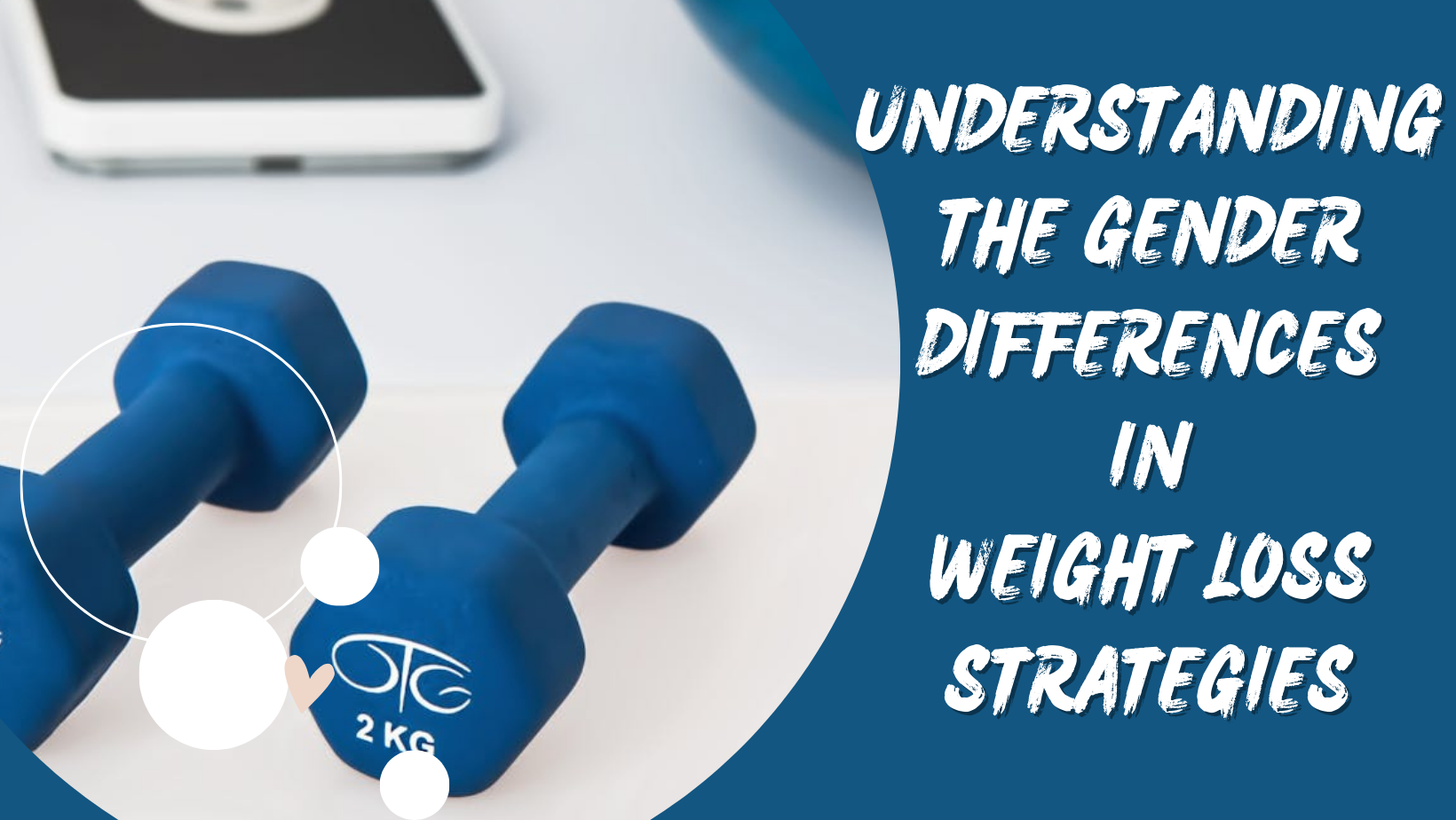Weight loss is a common goal for many individuals seeking to improve their health and enhance their overall well-being. However, it is important to recognize that weight loss strategies may vary between genders. Men and women have unique biological makeup, hormonal profiles, and societal influences that can impact their ability to lose weight effectively. In this comprehensive article, we will explore the essential differences between weight loss strategies for women and men, delving into factors such as body composition, metabolic rate variation, hormonal factors, psychological factors, societal and cultural influences, as well as dietary and exercise strategies tailored to each gender.
Overview of Weight Loss Strategies
Weight loss strategies encompass a range of approaches aimed at reducing excess body weight and achieving a healthy body composition. These strategies may involve changes in dietary habits, physical activity levels, and lifestyle choices. A balanced approach that combines healthy eating, regular physical activity, and behavioral modifications is essential for long-term success.
Factors Influencing Weight Loss
Several factors can influence an individual’s ability to lose weight effectively. These factors include genetics and hereditary factors, lifestyle and physical activity levels, dietary habits and nutritional intake, age-related metabolic changes, as well as environmental factors such as access to healthy food options and physical activity opportunities.
Gender-Specific Weight Loss Challenges
Men and women face unique challenges when it comes to weight loss due to their diverse biological makeup. Women tend to have a higher prevalence of hormonal disorders, inherent differences in fat storage, and varied responses to exercise and diet. These challenges can make weight loss more complex for women compared to men.
Gender Differences in Body Composition
Gender plays a significant role in body composition, influencing fat distribution patterns, lean mass, and muscle mass variations. Women generally have a higher percentage of body fat and tend to store fat in different areas such as the hips and thighs. Men, on the other hand, typically have a higher lean mass and accumulate fat predominantly in the abdominal region. Hormonal factors, such as estrogen and testosterone, also impact body composition. Additionally, the weight fluctuations experienced during pregnancy and menopause can further complicate weight loss for women.
Metabolic Rate Variation
Metabolism, the process by which the body converts food and drinks into energy, can vary between genders. Basal metabolic rate (BMR), the energy expended while at rest, tends to be higher in men due to their typically higher muscle mass. The thermic effect of food (TEF), which refers to the energy required for digestion and absorption of nutrients, may also differ between men and women. Physical activity, including exercise, can further influence metabolism.
Hormonal Factors
Hormones play a crucial role in weight regulation and can differ significantly between men and women. Estrogen, primarily found in women, has been associated with increased fat accumulation and decreased fat burning. Testosterone, predominantly found in men, promotes muscle mass development and can aid in fat loss. The menstrual cycle and menopause also impact hormonal balance and may affect weight loss efforts for women.
Psychological Factors
Psychological factors can significantly impact weight loss success. Body image and self-esteem play a crucial role in motivation and adherence to weight loss plans. Emotional eating and stress response can also disrupt healthy eating patterns and contribute to weight gain. Motivation and goal setting techniques can help individuals stay on track with their weight loss journey, while social pressures and peer influence can influence dietary choices and exercise habits.
Societal and Cultural Influences
Societal and cultural influences shape individual perspectives on weight loss expectations and impact strategies adopted by men and women. Gender stereotypes often set unrealistic weight loss expectations, placing additional pressures on individuals. Sociocultural factors such as cultural dietary practices and preferences can also shape eating habits. Having gender-specific resources and support systems can be beneficial in addressing these societal and cultural influences.
Dietary Strategies for Women
Dietary strategies for women often focus on balancing nutrient intake, supporting hormonal health, and managing cravings. A diet rich in fruits, vegetables, whole grains, lean proteins, and healthy fats is essential. Including foods that support hormonal balance, such as those rich in omega-3 fatty acids, can be beneficial. Portion control and mindful eating techniques can help manage cravings and prevent overeating. Regular meal planning and incorporating healthy snacks throughout the day can support a balanced dietary approach for weight loss.

Exercise Strategies for Women
Exercise is a crucial component of any weight loss strategy. For women, a combination of cardiovascular exercises and strength training can be effective. Cardiovascular exercises, such as jogging, cycling, or dancing, help burn calories and improve heart health. Strength training exercises, including weightlifting or bodyweight exercises, help build lean muscle mass and boost metabolism. Incorporating flexibility exercises, such as yoga or Pilates, can improve overall body composition and enhance physical fitness.
Dietary Strategies for Men
Men may benefit from dietary strategies that optimize macronutrient ratios and support lean muscle development. A diet rich in lean protein sources, complex carbohydrates, and healthy fats is essential. Adequate protein intake can support muscle growth and aid in weight loss. Including sufficient amounts of carbohydrates can provide energy for physical activity. Healthy fats, such as those found in avocados, nuts, and olive oil, can promote satiety and support overall health. Portion control and moderation are essential to avoid overconsumption.
You May Also Like
Exercise Strategies for Men
Exercise strategies for men often focus on building muscle mass, increasing endurance, and maintaining overall fitness levels. Strength training exercises, such as weightlifting or resistance training, are beneficial for muscle development and increasing metabolism. High-intensity interval training (HIIT), which involves alternating periods of intense exercise with short recovery periods, can help burn calories and improve cardiovascular fitness. Incorporating activities that enhance endurance, such as running or swimming, can improve overall fitness levels and support weight loss efforts.
In conclusion, understanding the gender differences in weight loss strategies is crucial for optimizing results. Men and women have unique biological makeup, metabolic rates, hormonal profiles, and psychological factors that must be taken into account. By tailoring dietary and exercise strategies to address these differences, individuals can achieve effective and sustainable weight loss. It is important to consult with healthcare professionals or registered dietitians to develop personalized weight loss plans based on individual needs and goals. With the right knowledge and strategies, both men and women can embark on successful weight loss journeys




